Contents
Deciphering the Revolutionary Impact of Cryptocurrency and Blockchain Technology
In the realm of finance and technology, the emergence of cryptocurrency and blockchain has sparked a profound transformation. The innovation behind these disruptive entities not only challenges traditional financial systems but also lays the groundwork for a decentralized future.
Understanding Cryptocurrency:
Cryptocurrency, a digital or virtual currency, operates independently of a central bank. The most renowned among them, Bitcoin, introduced in 2009, was envisioned as an alternative to traditional currencies. It leverages blockchain technology to facilitate secure, transparent, and borderless transactions, setting the stage for the vast crypto. landscape we see today.
Wallets: Crypto wallets are digital tool where user can store and manage their crypto. Wallets can be hardware-based (physical devices) or software-based (applications and online services).
Exchanges: Crypto exchanges are platforms where users can buy, sell, or trade crypto . Popular exchanges include Coinbase, Binance, and Kraken.
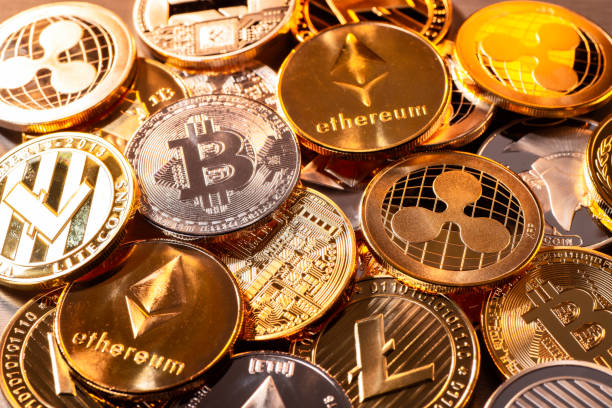
Cryptocurrency Mining
Mining involves solving complex mathematical problems to validate and add transactions to the blockchain.
Miners are rewarded with newly created coins and transaction fees for their efforts in maintaining the network
Types of Cryptocurrencies
- Bitcoin (BTC): The pioneer and most well-known crypto, envisioned as a digital alternative to traditional currencies.
- Ethereum (ETH): Known for its smart contract functionality, Ethereum facilitates decentralized applications (dApps) and innovative projects.
- Altcoins: A broad category encompassing cryptoc other than Bitcoin, including Ripple (XRP), Litecoin (LTC), and more
The Role of Blockchain Technology
At the core of cryptocurrencies lies blockchain, a distributed ledger system. This decentralized network records transactions across a vast array of computers, ensuring transparency, immutability, and security. Each block of information is cryptographically linked, creating an unalterable chain of data. This technology extends beyond cryptocurrencies, finding applications in various industries like healthcare, supply chain management, and more

Blockchain-Technology
- Decentralized Ledger: Blockchain functions as a decentralized ledger where data is stored across multiple nodes, ensuring transparency and security.
- Consensus Mechanisms: Various consensus algorithms like Proof of Work (PoW), Proof of Stake (PoS), and others validate transactions and maintain the integrity of the network.
- Smart Contracts: Self-executing contracts coded on blockchain, enabling automated actions upon meeting predefined conditions.

Impact on Financial Markets
Cryptocurrencies have redefined the financial landscape by offering faster, more cost-effective cross-border transactions. The immutable nature of blockchain ensures transparency and security, eliminating intermediaries and reducing transactional costs. This evolution has sparked interest from institutional investors and financial institutions, leading to the integration of digital assets into traditional financial frameworks.
Use Cases Beyond Finance
- Supply Chain: Blockchain ensures transparency and traceability, reducing fraud and streamlining supply chain operations.
- Healthcare: Patient data management, drug traceability, and secure health records are some applications in the healthcare sector.
- Voting Systems: Blockchain can enhance the security and transparency of electoral processes, ensuring trust and integrity.
Challenges and Regulation
Despite the promise, challenges persist. Regulatory uncertainties, volatility, and security concerns have been central to the crypto narrative. Governments worldwide are grappling with how to regulate these decentralized systems, striking a balance between innovation and security, which often impacts market sentiments and adoption rates.
Challenges and Concerns
- Scalability: As blockchain networks grow, scalability becomes a concern, leading to efforts to enhance transaction speeds and throughput.
- Security: While blockchain is secure, vulnerabilities in smart contracts and potential 51% attacks pose risks.
- Initial Coin Offerings (ICOs): ICOs are a fundraising method where new cryptocurrency projects sell their underlying tokens to investors. ICOs gained popularity in the early days of cryptocurrency but have faced increased regulatory scrutiny.
Evolving Regulations
Governments and regulatory bodies are working on establishing frameworks to govern crypto exchanges, transactions, and taxation, aiming to balance innovation with investor protection
Future Prospects and Innovations
The future of crypto and blockchain technology appears promising. Advancements like smart contracts, decentralized finance (DeFi), non-fungible tokens (NFTs), and the exploration of blockchain scalability solutions aim to enhance functionality, accessibility, and security. These innovations are poised to revolutionize multiple sectors beyond finance.
Future Trends
- DeFi (Decentralized Finance): The rise of DeFi platforms offers various financial services without intermediaries, such as lending, borrowing, and trading.
- NFTs (Non-Fungible Tokens): These unique digital assets represent ownership of digital content like art, music, and collectibles, traded on blockchain.
Cryptocurrency Adoption
Growing Acceptance: More businesses and institutions are accepting cryptocurrencies as a form of payment, increasing their adoption and legitimacy.
Here are details on some prominent cryptocurrencies
1) Bitcoin (BTC):

- Launched in 2009, Bitcoin is the first and most widely recognized cryptocurrency.
- Designed as a peer-to-peer electronic cash system, allowing direct transactions without intermediaries.
- BTC’s maximum supply is capped at 21 million coins, making it a deflationary asset.
2) Ethereum (ETH):
Ethereum introduced the concept of smart contracts—self-executing contracts with the terms of the agreement directly written into code. This allows for decentralized applications (DApps) to be built on the Ethereum platform.

- Created in 2015 by Vitalik Buterin, Ethereum introduced smart contracts to the blockchain.
- Beyond being a cryptocurrency, Ethereum facilitates the development of decentralized applications (dApps) and DeFi platforms.
- Its native token, Ether (ETH), fuels the network and is used to pay for transaction fees and computational services.
3) Ripple (XRP):
Ripple was conceived by Ripple Labs Inc., a technology company founded in 2012 by Chris Larsen and Jed McCaleb.
Ripple Labs developed the Ripple protocol and its native digital currency, XRP, to facilitate international money transfers and improve the efficiency of the existing financial system.
XRP as a Digital Asset:
XRP is the native crypto currency of the Ripple network. It serves as a bridge currency for facilitating transactions between different fiat currencies.
The total supply of XRP is capped at 100 billion, and the majority of XRP was pre-mined during its creation. Ripple Labs owns a significant portion of the total XRP supply.
Consensus Algorithm:
Ripple uses a algorithm known as the Ripple Protocol Consensus Algorithm (RPCA). Unlike traditional proof-of-work mechanisms used by cryptocurrencies like Bitcoin, Ripple’s consensus is achieved through a network of validating nodes.
Fast and Low-Cost Transactions:
One of Ripple’s primary goals is to provide fast and cost-effective international money transfers. Transactions on the Ripple network settle within seconds, making it significantly faster than traditional banking systems.
The low transaction fees associated with XRP transactions contribute to its cost-effectiveness.
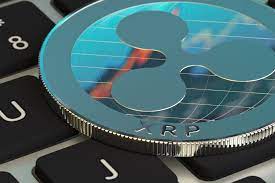
- Developed by Ripple Labs, XRP is designed for fast and low-cost international money transfers.
- RippleNet, its network of banks and financial institutions, aims to facilitate cross-border payments efficiently.
- Not mined like Bitcoin; instead, a limited supply of XRP was pre-mined.
4) Litecoin (LTC)
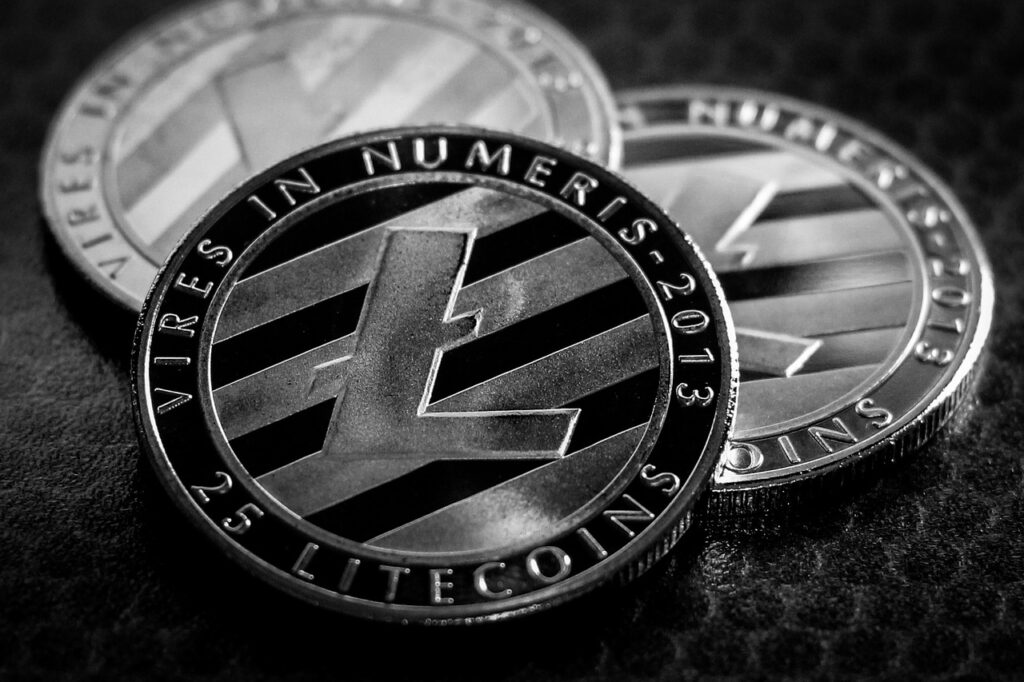
- In 2011 Charlie Lee Created Litecoin and is often considered the “silver to Bitcoin’s gold.”
- Based on the Bitcoin protocol, LTC offers faster block generation times and lower transaction fees.
- Known for its scrypt hashing algorithm, which allows more individuals to mine it using consumer-grade hardware.
5) Cardano (ADA):
- Founded by Charles Hoskinson, Cardano focuses on scalability, sustainability, and interoperability.
- Uses a layered architecture and a proof-of-stake (PoS) consensus mechanism for its blockchain.
- It provide a secure and scalable infrastructure for the development of dApps and smart contracts.
6) Polkadot (DOT):
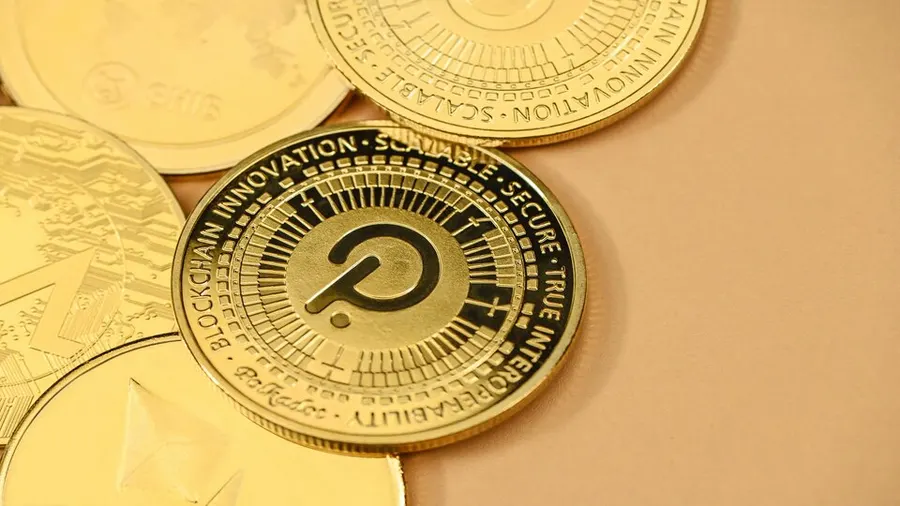
- Founded by Gavin Wood, one of Ethereum’s co-founders, Polkadot aims to enable different block-chains to transfer messages and value.
- Uses a relay chain to connect various block-chains, providing interoperability and scalability.
- Employs a “parachain” structure for specialized blockchains within the Polkadot network.
7) Chainlink (LINK):
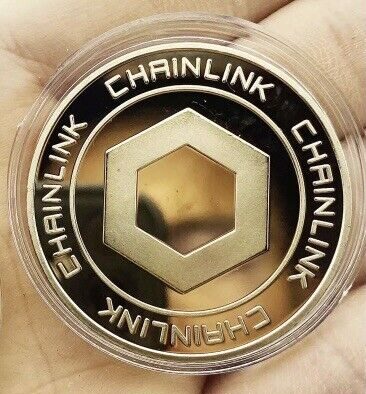
- LINK connects smart contracts with external data sources, enabling their execution based on real-time information.
- Aims to bridge the gap between block-chain-based smart contracts and external data.
8) Solana (SOL)
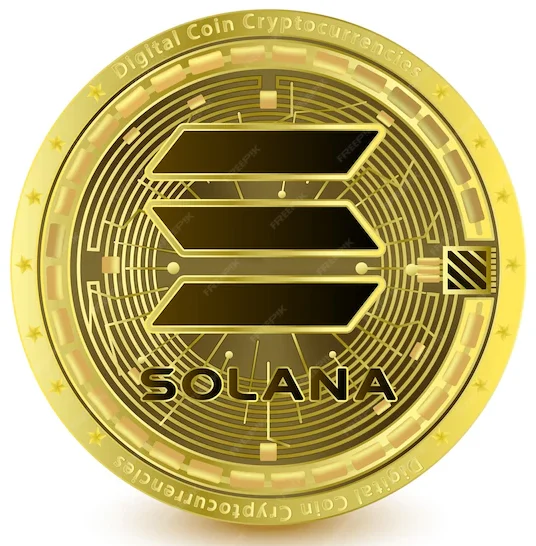
- Known for its high throughput and scalability, Solana is a high-performance blockchain platform.
- Implements a unique proof-of-history (PoH) consensus combined with proof-of-stake (PoS) for faster transaction speeds.
- Targeted toward decentralized apps and DeFi platforms requiring high-speed processing.
These crypto represent a fraction of the vast and diverse ecosystem of digital assets. Each has unique features, use cases, and underlying technologies contributing to the broader landscape of crypto and blockchain applications.
Conclusion
Crypto and block-chain continue to redefine our understanding of finance, security, and decentralized systems. As the technology matures and regulatory frameworks evolve, their impact will likely extend far beyond the realms initially envisioned, reshaping industries, economies, and societal paradigms. The journey of crypto and blockchain Technology is just beginning. Embracing this paradigm shift and understanding its nuances will undoubtedly unlock a multitude of opportunities in the rapidly evolving digital landscape
It’s essential to conduct thorough research and exercise caution when dealing with crypto due to their complex nature and market dynamics
The crypto and blockchain landscape is dynamic and continuously evolving, presenting a multitude of opportunities and challenges across various sectors. As technological advancements and regulatory frameworks progress, their impact will likely expand, shaping the future of finance, technology, and beyond
Also Check : Bitcoin price outshine above $42,000


